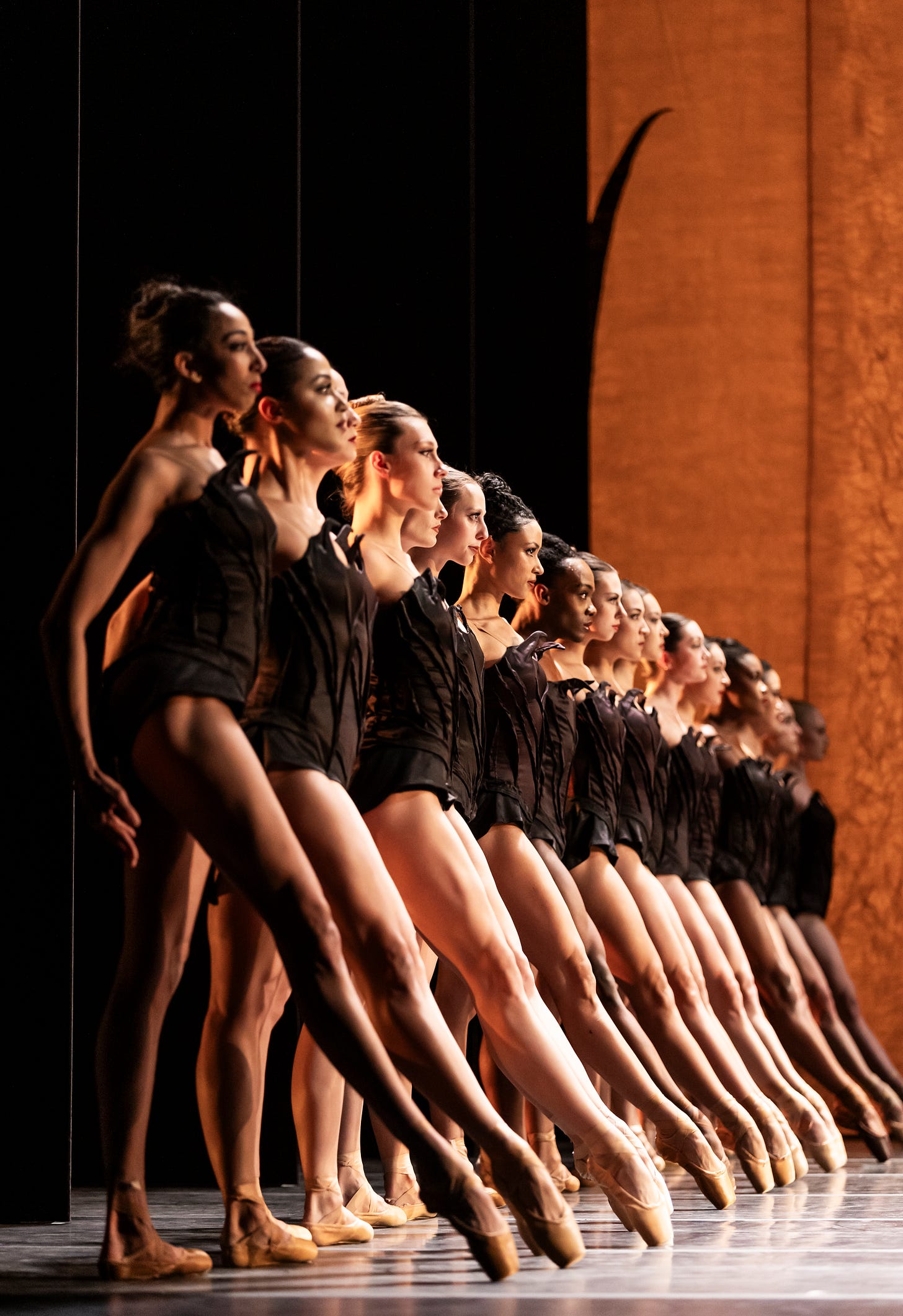
A couple of weeks ago I was immersed in a story I was writing for Cascade Public Media maybe better known (at least to me) as Crosscut.
The story was sparked by the 20th anniversary of the Seattle International Dance Festival in early June. The festival was originally organized by choreographer and dance company founder Cyrus Khambatta, inspired by his eponymous company’s international tours, he told me. I’ve talked to him over the decades; he now calls artistic exchange through travel an embodiment of his own bicultural heritage.
Khambatta’s festival is small but mighty, surviving an annual search for talented emerging artists or companies that we may never have seen here before. Khambatta also faces the annual scramble to dredge up financing, never easy, particularly in this expensive city. He’s managed to pull off this balancing act for two decades!
Over the years Khambatta has watched the world and the United States change — US policies evolving when it comes to which artists and what nations are allowed to enter this country. While Trump has, apparently, exempted international athletes from the visa hunt ahead of next year’s World Cup, artists aren’t at the top of the list when it comes to special care and handling plus visa exemptions.
International dance companies, musicians and other performing artists have had difficulties getting artist visas in past years, but cuts made to the federal government and its departments earlier this year by Elon Musk’s DOGE budget slashers, plus the overall anti-foreign sentiment here, have pushed applicants for artists’ visas to question the viability of the application process, its timeliness, or even the certainty of its outcome. People at venues from the Seattle Symphony Orchestra (SSO) to Meany Center for the Performing Arts to the contemporary performance venue On the Boards have used the words “mysterious” and “uncertain” to describe the visa application process. Up until the day before my story was published, the SSO was still juggling its schedule to accommodate artists whose visas hadn’t yet come through.
It's an unconventional, really unwieldly, way to program an artistic season, let alone an expensive one. Many arts programmers rely on legal experts to help them navigate the application maze, with accompanying costs rising into the thousands of dollars. And even if the precious visa is awarded to you by the USCIS (U.S. Citizenship and Immigration Services), part of the Department of Homeland Security overseen by Kristi Noem, border officials can refuse you entry even if you have the paperwork in hand. Oh, if an artist is refused entry that money you spent? Not refundable.
After my story was published I did an interview with KUOW’s podcast Seattle Now. Host Patricia Murphy asked me the $6 million question: Who cares about global cultural exchange?
Well, me, for one, and the arts organizations that may have sponsored the international artists or performing troupes. But I’d argue that we all lose when we don’t get the opportunity to see art created beyond our borders. First off, that art is usually new and intriguing, emerging from a completely different arts community with its own regional attributes. It’s fresh and exciting.
Beyond that, although our current White House denizen and his people wouldn’t want to acknowledge the power and influence of the world’s many cultures, you can’t deny that every country — heck, every culture — has its distinct vocabulary, politics, even point of view. Seeing and hearing those voices may not top your “must experience” list … yet. But as a friend once instructed me — and I pass on this advice to you — just open your heart chakra and listen!




